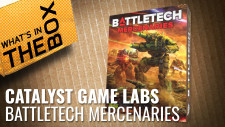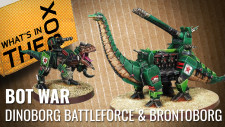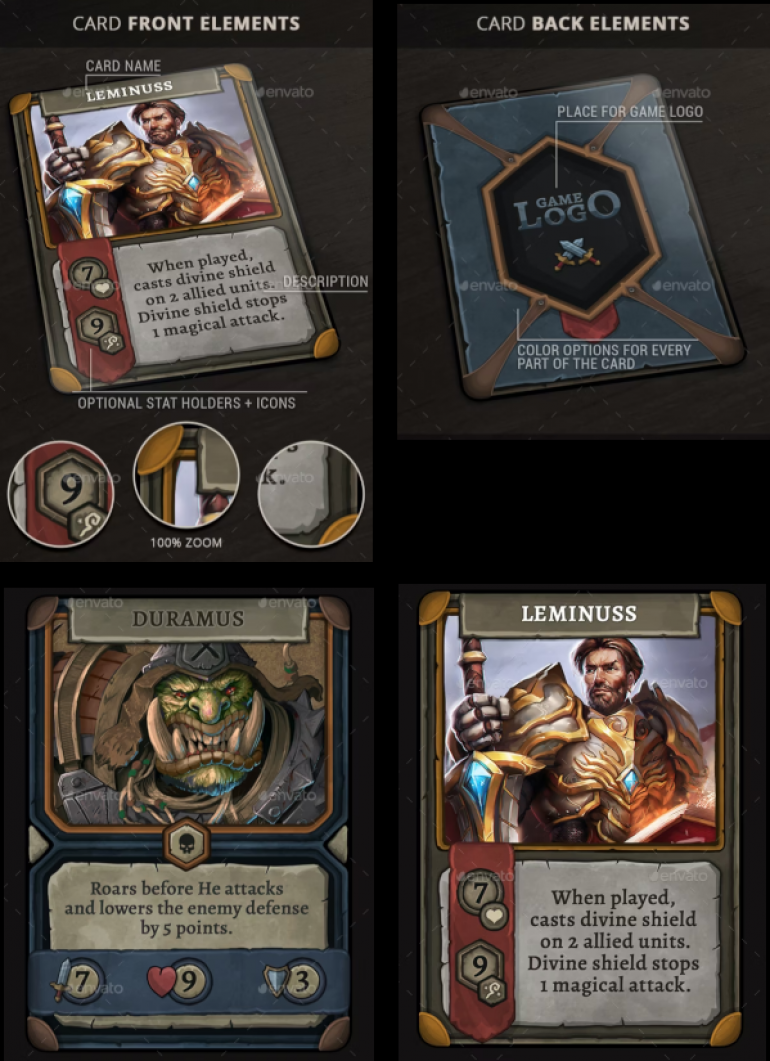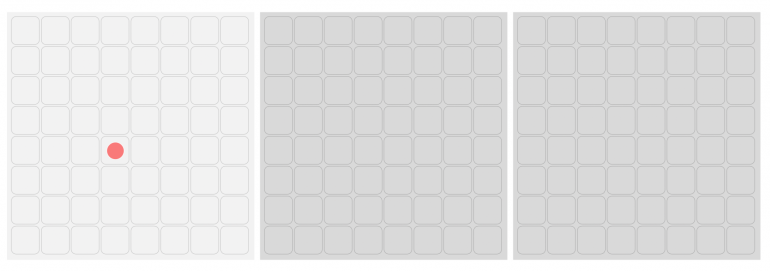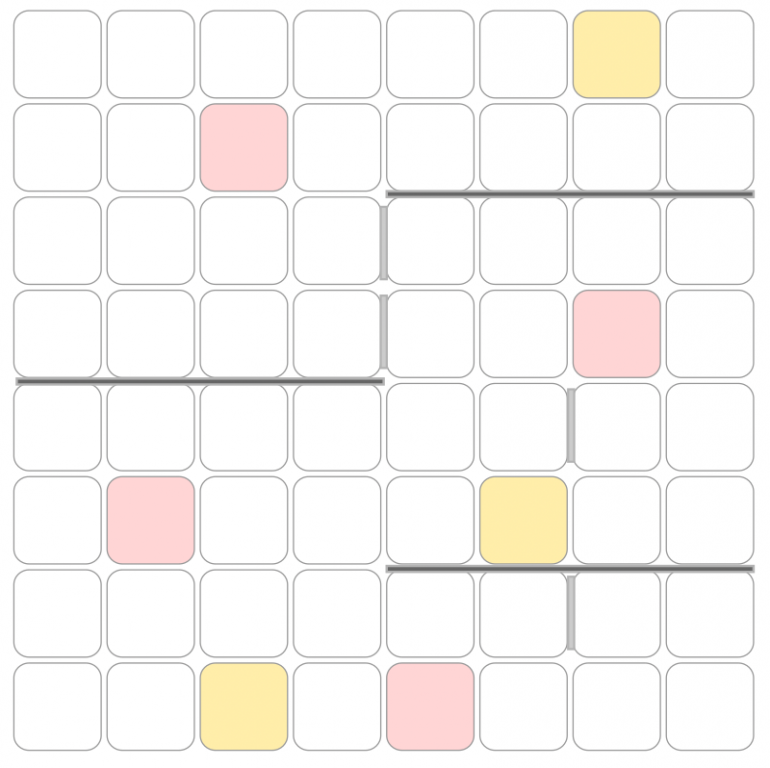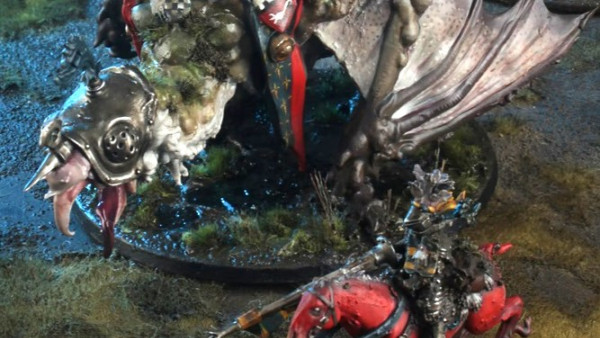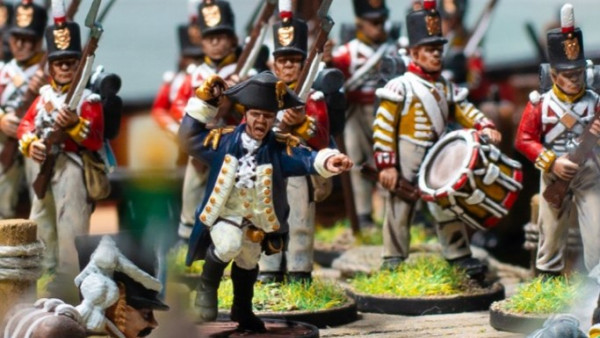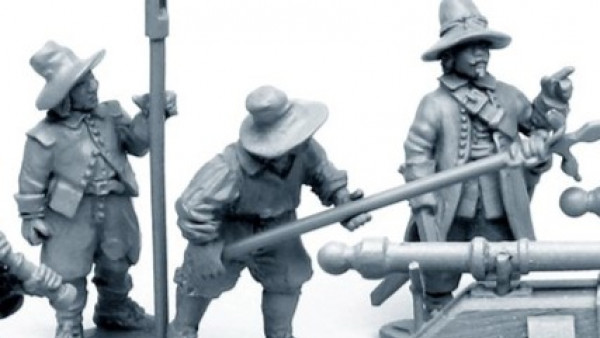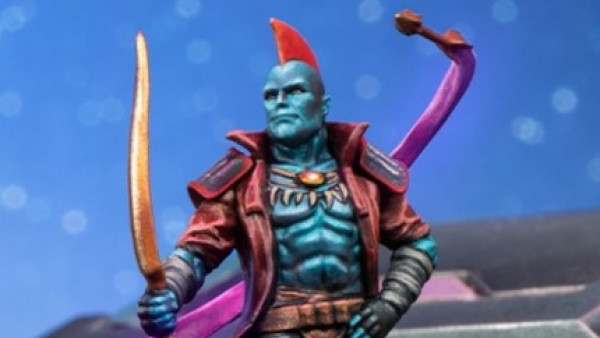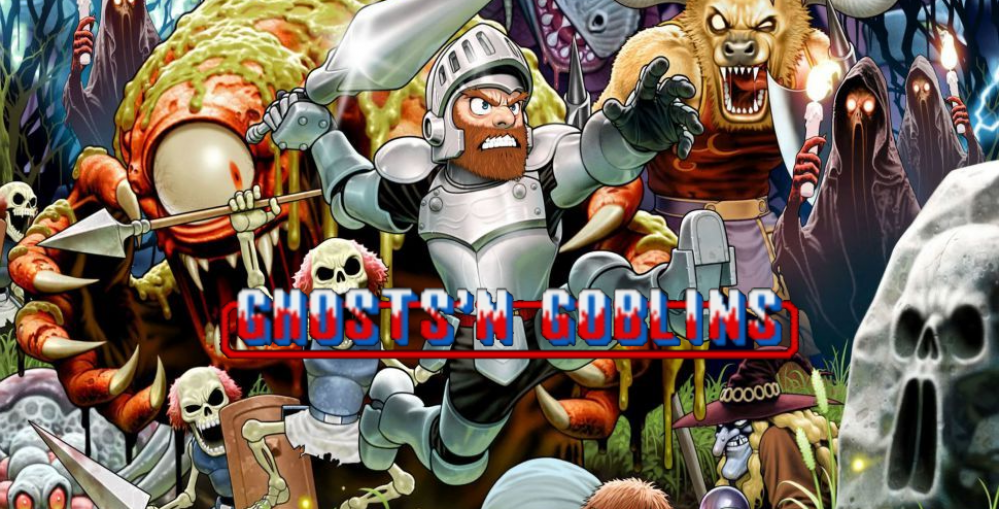
Ghosts and Goblins
Recommendations: 24
About the Project
For a long time I've been trying to find ways of turning tabletop skirmishes into app-supported hybrid games. After a chat on the forum recently, we discussed the idea of scaling things right down - instead of a massive playing table, we talked about recreating one of those room-by-room dungeon crawlers. Then the idea of an endless scroller was kicked around. And this felt like a really, really good idea. Turning a side-scrolling video game into a rolling tabletop game? Sounds like a great idea!
Related Genre: Fantasy
This Project is Active
Card templates
Not really got much done this week. What with one thing and another, it’s been a pretty tough week. But that doesn’t mean nothing got done.
Because trawling the internet looking at cool art – that always counts as work, doesn’t it?!
Anyway, it turns out that the envato market has some really nice looking TGC (trading card game) templates. So after much deliberation (ok, finding the first one that looked nice and throwing my wallet at the screen) I set about getting a template for our playing cards in the game.
https://graphicriver.net/item/trading-card-game-creator-vol-19/34316262
I figured that this particular template was a nice mix between “looks a bit fantasy” and “looks easy enough to edit”. As well as character art, the same template could be used for enemies and collectable treasure. The files are supplied as multi-layer PSD (photoshop) files that can also be edited in (free image software) GIMP, elements are easily moved, added, removed, and changing colours of elements is as easy as clicking an item and selecting “colourise”.
In short, a great looking, easy-to-use playing card template.
Because endlessly scrolling the internet and clicking on things for hours at a time really is hobby progress. Honest.
Here’s an example of how our cards may look in the end.
Collecting cards/treasure
I’ve always been a fan of card-based game mechanics. I much prefer cards over dice for the simple reason that a deck of cards has “memory”.
While most games rely on a degree of randomness, making everything the result of a dice roll – for me – feels like a degree of control is taken away. Cards allow for more strategy; for every “bad” draw in your turn now, you know that’s one fewer bad draw to come in the future. It’s very difficult to mitigate against bad dice rolls, if all you’ve got is more dice to roll.
But if you have a run of “bad luck” with the cards (e.g. a sequence of low values) because the deck has memory, you can be pretty confident that the deck is stacked in your favour for future draws – allowing you to change your strategy to match expected outcomes. Similarly, with each “good draw” you know that you’re depleting your supply of luck – do you keep pushing, or change strategy in anticipation of the “poor results” you know are to come?
As the player makes their way across the map, they can collect treasure tokens, which allow them to draw a card from the deck. Some cards may be played immediately and some can be retained for use later in the game.
Cards could include special actions, weapons and treasure:
- Jump (over gravestone) discard once used
- Teleport (advance up to four or five squares either vertically or horizontally) discard once used
- Double attack (after each attack, pick another target – or the same one twice – and repeat the attack just made) discard once used
- Go again (reset all action points, take your turn again) – discard once used
- Weapon – lance
- Weapon – dagger
- Weapon – torch
- Weapon – axe
- Weapon – shield
- Armour – leather
- Armour – metal
- Armour – gold
- Reset baddies – replace all spent baddie cards and shuffle the baddie pile – discard once used
- Destroy terrain – remove any one gravestone from the map – discard once used
To encourage players to explore the map and collect more treasure, instead of reducing health in combat, maybe each card held by the player could have a value and you can return a card instead of taking a hit? (reduce the hit points by the value of the card).
Armour must be used first (so if your player has gold armour, it’s immediately downgraded to metal, or if in metal armour, downgraded to leather, then finally to no armour).
Some cards might have zero value (so can’t be traded for health)
Baddies
Baddies move towards the hero character on the enemy turn, but each baddie type could have their own movement rules/attack limitations (or perhaps on the enemy turn only a certain number of baddies could move, or roll a dice for movement? Needs ironing out in play-testing)
Just as the combination of fences and gravestones can be used to guide the hero into a specific path in the game, they will also affect which baddies (if any) are able to attack the player character.
Some baddies won’t be able to pass through fences, for example. Some can pass over gravestones, some can’t. Our player character may be able to play a special action card to jump over a gravestone (where otherwise it might block their path) but are always blocked by fences/gates.
- Zombies – can only move vertically/horizontally (not diagonally) cannot pass through any obstacle (e.g. fences or gravestones or walls)
- Birds – move in straight lines (inc diagonally) can fly over gravestones but not fences
- “Audrey” venus fly traps – do not move, have a “tackle zone” around them (like in Blood Bowl)
- Red demons (small flying) – move in straight lines (inc diagonally) can fly over all obstacles
- Flying ghosts (sheets) – move in straight lines (inc diagonally) can fly over all obstacles, cannot be dodged past (i.e. you cannot move your hero through a square occupied by a ghost)
- Goblins (orcs) – move in straight lines but cannot pass through obstacles like fences and gravestones
Bats – can only move vertically/horizontally (not diagonally) can pass through fences and over gravestones
Baddies may have different effects depending on the state of the player. For example, birds might be more prone to attack if the player is wearing shiny armour (crows and magpies are suckers for anything sparkly) or may inflict more damage or something?
End of level baddies:
Collect cards as you travel the level, to play against the end of level baddie
(end-of-level baddie combat could be some card based fighting mechanic, to be decided? Collect more treasure to have more options to play to try to defeat the end-of-level baddie.)
End of level baddies include:
- Cyclops
- Flying dragon
- Flying red demon (large like cover art)
- Satan
Maybe baddies should only activate when you walk onto their tile?
They start immobile, so you can see what’s coming and plan how to approach them (since when a tile is revealed and placed, it’s always at least one tile away from the player character) but they only start moving when you are on the same tile (or within their attack range?)
Baddies should also move after they are attacked – so you get one free attack from afar, then they come to get you!
Maybe just give each baddie an “activation range” – i.e. they don’t move until the player character is a set number of squares away?
The player character *can* move through squares with a baddie in it, as long as they do not end their turn on a baddie’s square (this would be like jumping over a zombie in the video game) So, just like the video game, you can just run for it if you want!
Core game mechanics
Just as you don’t just launch into a scrolling shooter and mash the fire button (it only works for a limited time on games like 1942) you don’t kill zombies in Ghosts and Goblins by firing at them from all over the place – you have to put your character in the right place first, then hit the fire button.
To simulate this need for player placement before making a “ranged attack”, we can give our trusty hero Sir Arthur a variety of different weapons, from the original video game, with different abilities.
For example, we might have:
- Lance – fire up to twice per turn, can only shoot in a straight line horizontally or vertically
- Dagger – fire up to three times per turn, can shoot in any direction
- Torch – fire once per turn, can throw up to four squares away, place a flamer template to determine damage (affects multiple baddies)
- Axe – fire once per turn, straight line only, continues travel after hitting an enemy, stops after hitting terrain (if terrain is destructible and less than 5 squares away, destroys the terrain piece)
- Shield – player gains one additional health, requires shield to take on the end of level baddie (more on this later)
When the game starts, as with the video game, our hero has only a lance as a weapon. As you collect treasure tokens, you might pick up different weapon types. Different weapons may have different firing rates, indicated by the number of times you can shoot in one turn (in the video game different weapons repeat quickly, some slowly).
It may be tempting to have different weapons have different effects against different baddies but this is not only a deviation from the video game mechanics, it could also put the player at a disadvantage (if the need a particular weapon type to kill, say, zombies, but don’t draw that weapon until near the end of the level, they would be unable to progress as readily). Every weapon should be able to have a similar affect on every baddie.
The exception to this could be the end-of-level baddie; in the video game, you need to be carrying a specific weapon – the shield – in order to actually complete the game. To encourage players to explore the map and try to collect treasure, instead of running as quickly as possible away from trouble (a strategy that actually works quite well in a lot of side-scrolling shoot-em-up games) we might make it that a specific weapon or item is required to defeat the end-of-level baddie?
Planning an endless runner
In the 80s, our sideways scrollers (like Ghosts and Goblins) tended to feature running left-to-right and jumping over obstacles vertically. But these gameplay mechanics don’t necessarily translate that well into a tabletop game.
However, we also had a type of “endless scroller” format that is more closely aligned with the proposed game – the vertical scroller (e.g games like Rambo Part II or Commando)
While the player can roam left and right, the game generally scrolls vertically, with the player making progress as they travel “upwards” through the game.
So how about we take the idea of a horizontal scroller, and the play-style of a vertical scroller? And instead of jumping over graves and climbing up ladders, our hero Sir Arthur could move between gravestones and cemetery gates and fences, making his way from left-to-right across the multi-tile map.
To simulate a side-scroller, we would need a relatively small amount of table-space, just a few tiles, and a few pieces of terrain (that we remove and re-introduce onto the playing area as our hero progresses throughout the game).
 As the player progresses from the left-most tile onto the "middle" tile, all terrain, baddies etc. can be removed from the tile they are leaving....
As the player progresses from the left-most tile onto the "middle" tile, all terrain, baddies etc. can be removed from the tile they are leaving....The map could be created by selecting a card, depicting a pre-defined tile layout. For each “level” in the game, we could have a set number of cards which are shuffled (so the order in which they are revealed changes every time).
A number of these cards are counted off and placed to one side. These represent the map tiles that the player will travel through. We then introduce the “end of level baddie” card to the remaining cards, shuffle them, and add the first packet of cards on top.
This means that the player will never be certain of when they will encounter the end-of-level baddie (though this also ensures that a minimum number of tiles are played and the level can’t end on the turn of the first card!)
Tiles might include cemetery gates/fences (shown as black lines in this map example). They could also include obstacles like gravestones.
The red squares indicate starting points for enemies.
As with the tile placement, we could have a deck of cards for the enemies. Whenever a new tile is revealed, the baddies are placed on it (placing them from left-to-right, top-to-bottom).
For each baddie starting square on the new tile, the player draws a baddie card and places a miniature representing that baddie type on the square. Some baddie cards may be blank, so different baddies can appear at different places on the tile with each play-through.
Treasure tokens are placed on the gold squares and when the player reaches a token, they draw a treasure card from the treasure deck. Treasure might be additional weapon types, items necessary to complete the quest or special action cards.
EDITED:
For an ultra-compact game, we might even consider just two tiles at a time?
The idea with three was originally that our hero would spend most of their time in the middle tile, and when they stepped onto either of the “outer” tiles, the map would “shift”, allowing you to travel easily both left-to-right and right-to-left.
We might still keep this mechanic:
So the tiles are laid out 1, 2, 3. You start on tile one and move your character onto tile two. The map stays as it is. Only now, if you step onto tile 3, we remove tile 1 and it becomes tile 4. So our hero is always on the ‘middle tile’ (on a map made up of tiles 2, 3 and 4).
Generally in a side-scrolling shoot-em-up you tend to travel in one direction, not backwards and forwards (and keeping track of which treasure items you’ve collected if you turn around and run back three or four tiles could be a pain). So I scrapped this idea for a “forwards-only” type game.
So not sure whether to keep with the original mechanic or go with as written – where you travel left-to-right and don’t go backwards (in which case, only two tiles might be needed).
Just throwing ideas at the wall to see which stick
Tabletop games are getting smaller. Even Games Workshop has recognised this, shifting their emphasis to skirmish games like Kill Team and away from mass battles like 40k.
There are those who would point to their recent “reboot” of Epic scale 40k with the recent release of Legions Imperialis, arguing that large tabletop wargaming was making a bit of a comeback. Which it may be – but at 6mm or 8mm, not 28/32mm. And, of course, playing large games at a smaller scale takes up less room.
So I’m sticking by my original premise: tabletop games are getting smaller. Physically smaller – they are taking up less table-space.
And I – for one – like it.
In a recent discussion in the OTT forum, we discussed the idea of turning a room-by-room dungeon explorer like Head over Heels into a tabletop game.
It’s an idea that got me very excited. Especially since we’d just seen the excellent modular papercraft terrain from Crooked Staff
It felt like a perfect match: modular, room-based terrain, in a variety of themes. Each room would only take up a minimum footprint on the tabletop, and maps could even be randomised between games.
So when someone suggested a similar approach to porting classic 80s video games onto the tabletop in the form of an “endless runner” or side-scroller type game – played on a number of tiles, with the “back” tile being removed and placed “in front” of the player – there was one game that felt like a perfect match: Ghosts and Goblins!



































